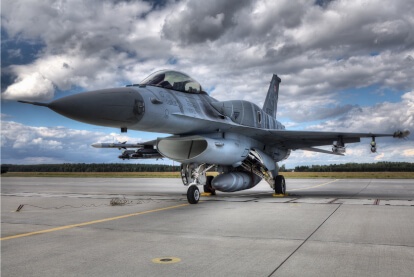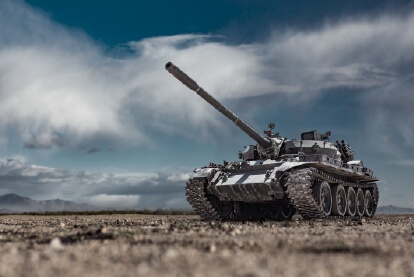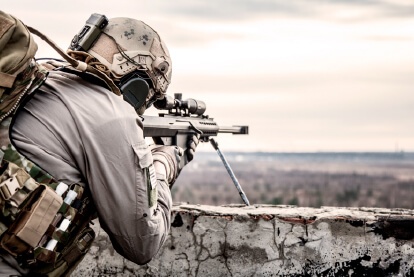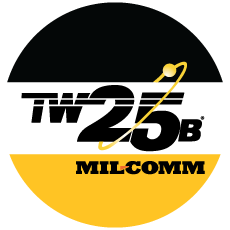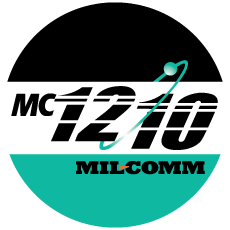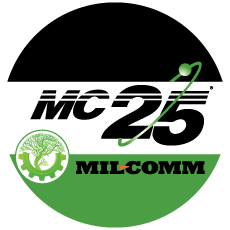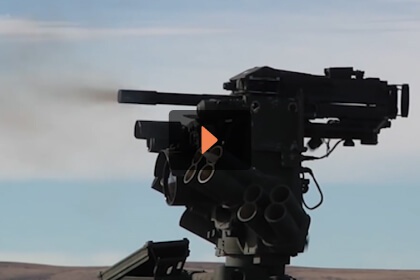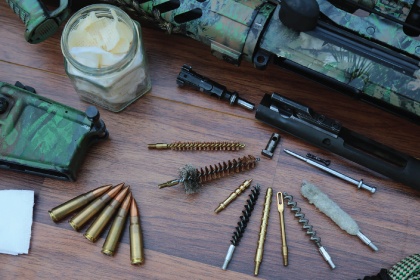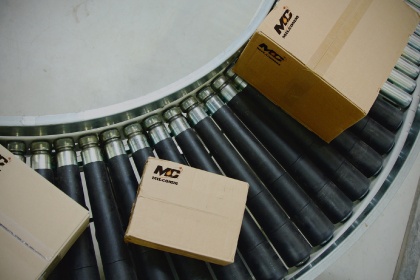For too many years, and for too many firearm owners, cleaning was about using toxic chemicals with noxious fumes,
applied by aggressively scrubbing metal surfaces with damaging bronze brushes, and alike. The end result was the need to repeat the process over and over, because as the shooting event created and attracted more fouling, which accumulated, you would have to clean again to free the surface of debris. That made sense back then since there weren’t many alternatives.
Strong bore solvents were needed, along with an array of petroleum distillate alternatives, to get buildup off, including hard buildup that was often intensified by the use of cleaners that gummed up on metal and really made the situation worse — made cleaning a real chore. Added to that, the fine scraps created by the metal brushes not only wore down the bore and other parts but actually created a for more buildup.
So in fact, cleaning required more elbow grease to work those microscopic pores clean. After cleaning, petroleum and or solvent based lubricant oil or grease were applied. That did provide short-term treatment of gun parts, but this old-tech, low-tech way of cleaning guns was never designed to improve performance.
In the cold the guns gummed up. In dusty conditions they attracted debris. And in coastal environments they made firearm metal most vulnerable to rust and corrosion.
During the Vietnam War era, CLP was introduced as a quick-fix gun cleaning application, and, at the time, it proved to be a better alternative for hunters and sport shooters as it made its way into the consumer market. But the CLP (Clean-Lubricate-Protect) chemical formulation was no really panacea, because CLP’s are better at cleaning then they are at lubricating.

In more recent years, synthetic lubricants made of different materials were introduced, followed by environmentally safe cleaner- degreaser products. Still, many leading companies continued to keep gun owners addicted to traditional petroleum and solvent based cleaning and lube products. In modern packaging, and with appealing names, it was really just the same old stuff with a different look, or a catchy brand name.
Some of these old-tech products come in fancy zippered cases. Others have interesting little accessories that don’t actually get the job done. And there were even new designs for applicators.
Nowadays, a few gun grease and gun oil products garner the most respect in the industry — gun cleaners that work and do so safely without harmless fumes or skin irritating side effects. For that reason, “Mil-Spec” products are fading away, along with those old solvents used by so many shooters — now being replaced by high-tech lube products like Mil-Comm Products TW25B, as more and more gun owners discover the benefits of superior performance. And more gun manufacturers, firearms trainers and expert gunsmiths have discovered the benefits of performance features that make their customers happy as weapons stay in fire-ready condition, operating without jams or other malfunctions.
Almost every top competition shooter uses a superior-performance lubricant and cleaner product, as do top military and leading law enforcement operations. When someone’s life is on the line, weapons reliability matters. And needless to say, war fighters and law enforcement officers also don’t want to spend a lot of their time scrubbing away at dirty guns.
Be sure you’re using modern, performance-engineered products and best-practice procedures for all of your gun cleaning work.

